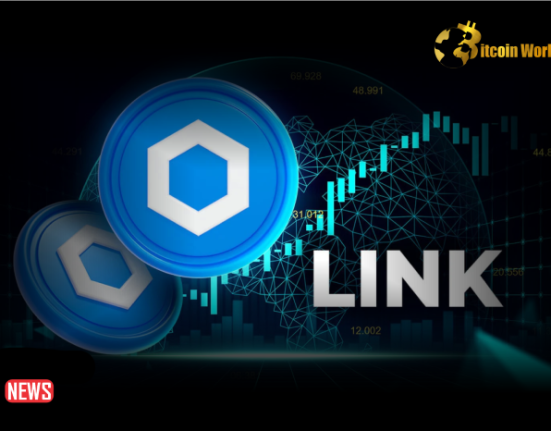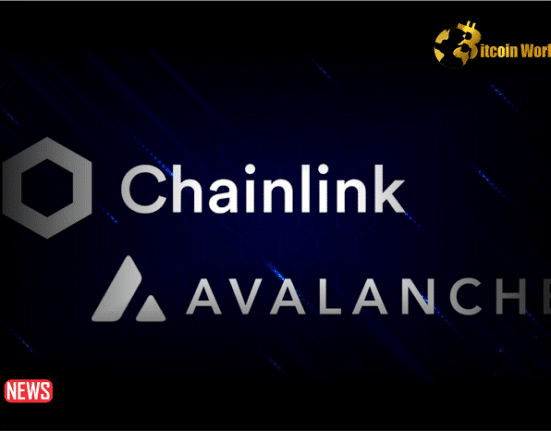Chainlink, the market leader in decentralized Oracle networks, has officially announced the release of Chainlink Staking v0.2 this year. This update is a considerable improvement over the previously released v0.1 version, providing increased capabilities and expanded engagement opportunities for the Chainlink community.
According to the statement on X, the v0.2 upgrade will be phased in, with separate dates set aside for distinct user groups. The procedure kicks off with a Priority Migration on November 28, 2023, at 12 p.m. ET, primarily for individuals owning stakes in the v0.1 version. This phase will give these customers a nine-day window to move their LINK tokens and collected incentives to the new v0.2 platform.
#Chainlink Staking v0.2 is launching this year ⬡
Mark these dates on your calendar ✏️🗓️
• Priority Migration: November 28, 2023 at 12PM ET
• Early Access: December 7, 2023 at 12PM ET
• General Access: December 11, 2023 at 12PM ETPlanning to stake your LINK? Read this 🧵 pic.twitter.com/VdvVx81MSt
— Chainlink (@chainlink) November 9, 2023
Following this, Chainlink has announced that an Early Access period will begin on December 7, 2023, at 12 PM ET. This four-day window is intended for members of the community who are eligible for early staking possibilities, allowing them to stake their LINK tokens before the platform is open to the wider public. The General Access phase, which will allow all interested parties to stake their LINK, will begin on December 11, 2023, at 12 PM ET.
Enhancements With Chainlink Staking V0.2
According to the official website, Chainlink Staking v0.2 expands on the core principles created in the v0.1 release, with the goal of creating a more modular, extensible, and upgradeable staking platform. This version focuses on increasing flexibility for both community and node operator stakeholders, especially with the addition of a new unbonding mechanism for withdrawing staked LINK.
Furthermore, the security of Chainlink’s oracle services is set to improve due to the potential reduction of staked LINK from node operators who fail to satisfy the network’s criteria.
In terms of participation limits, the release specifies that throughout both the Early Access and General Access stages, community stakers will be permitted to stake a minimum of 1 LINK and a maximum of 15,000 LINK per address. Node operator stakers, on the other hand, have a greater ceiling, with a 1,000 LINK minimum and a maximum cap of 75,000 LINK.
Chainlink underlines that the transition from v0.1 to v0.2 will be manual. Both versions’ smart contracts are non-custodial, which means stakers must begin the transfer of their staked LINK and prizes to the new version.
The increase in total pool size to 45,000,000 LINK in v0.2 reflects an increase of 80% above the v0.1 ceiling. This expansion seeks to make Chainlink Staking more accessible to a broader range of LINK token holders, while also improving the security and dependability of the network’s oracle services.
Chainlink Staking v0.2 includes a dynamic method with a changeable payout rate that encourages a fully-filled staking pool and lays the framework for future payment sources such as user fees. This is a change from the set reward rate of v0.1, indicating a more adaptable and flexible approach to staking payouts.
At press time, LINK was trading at $15.17 after being rejected on the first try at the 0.236 Fibonacci retracement level on the 1-week chart.

Disclaimer: The information provided is not trading advice. Bitcoinworld.co.in holds no liability for any investments made based on the information provided on this page. We strongly recommend independent research and/or consultation with a qualified professional before making any investment decisions.














